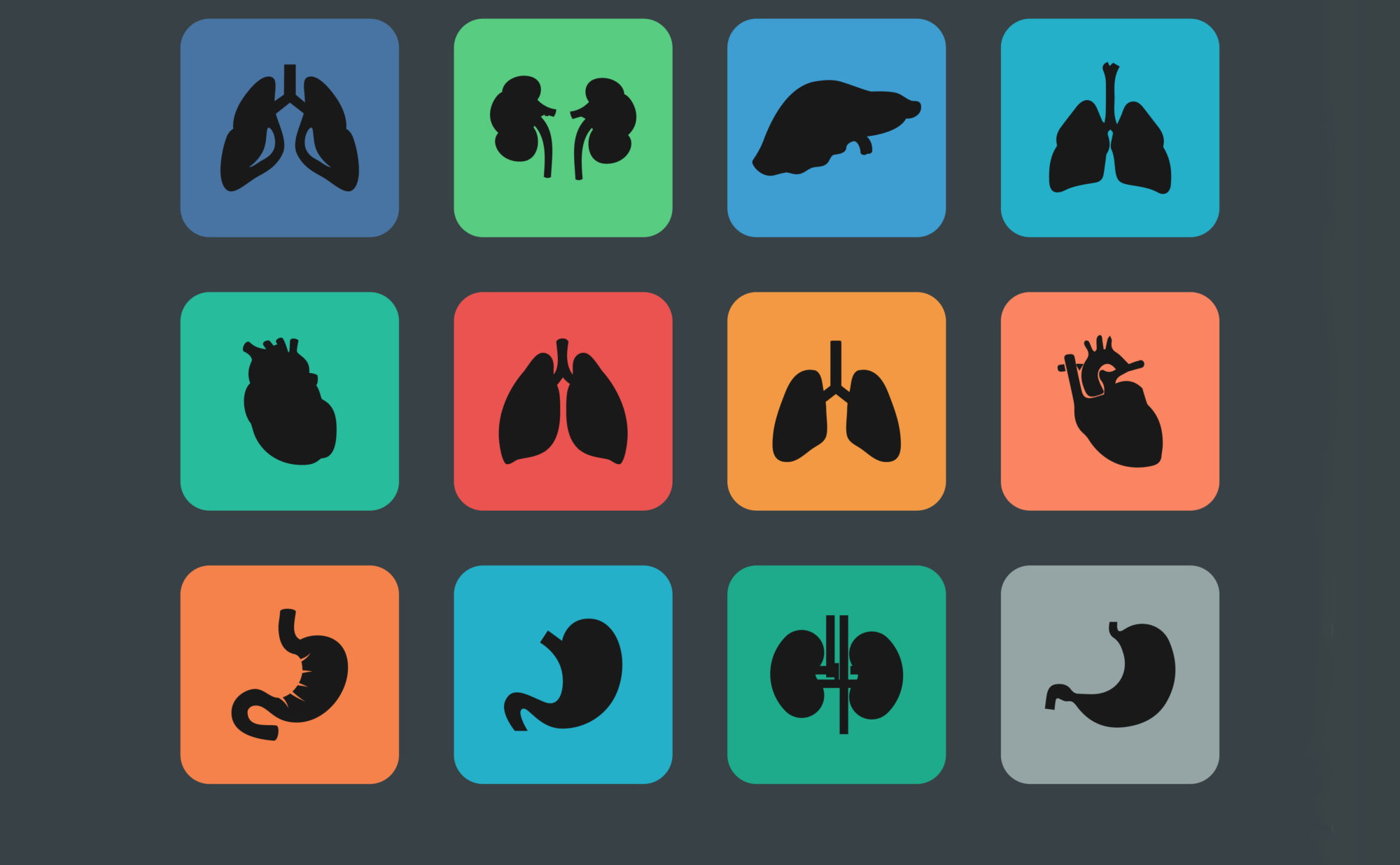The organ shortage is a national crisis, with 120,000 people on transplant wait-lists and more than 20 people dying every day for lack of a new heart, lung or kidney. But the solution may not be to enroll more donors. Some three out of four donated hearts and lungs, and roughly one in four livers and kidneys, end up in a biohazard bag to be discarded. This happens because many of these organs can’t be preserved long enough for transplant.
But to extend organs’ viability past a single day, researchers may need to think colder, says Mehmet Toner, PhD.
Keeping an organ in good condition currently entails some variation of putting it on ice, thus cooling it down to slow metabolism and minimize cell death. But these methods give physicians only a tiny window of time in which to find a proper match, deliver the organ and place it in a patient. A kidney can be kept viable for about 24 hours, and hearts and lungs remain functional for fewer than six hours after removal.
One Day is Not Enough
“One day is not enough,” says Mehmet Toner, PhD, director of the Bio MicroElectroMechanical Systems Center at Massachusetts General Hospital. So Toner and other researchers are focusing on finding ways to keep organs fresher, longer.
The most promising technical advances, he says, fit into two big categories. The first, which got its start more than 15 years ago, involves ex vivo perfusion—a process that pumps a liquid solution of nutrients, such as potassium, sodium and oxygen, into the organ. This technique is especially successful at low temperatures of about 40°F. It has been widely used for kidney transplants since the development of small, portable perfusion machines in the early 2000s.

But to extend organs’ viability past a single day, researchers may need to think colder, Dr. Toner says. He and Mass General colleague Korkut Uygun, PhD, were co-authors of a 2014 study in Nature Medicine for which they pumped rat livers full of nutrients and cryoprotectant chemicals, then held them in storage at ‑24°F. Those livers were successfully transplanted for as long as four days after being removed from donors.
Pursuing Organ Rehabilitation
Perfusion technology has the potential to do more than extend organ shelf life. “There’s a whole population of organs that are considered marginal, that don’t quite meet criteria most transplant organizations are willing to accept,” says Jedd Lewis, president and CEO of the nonprofit Organ Preservation Alliance. “But if you can put them on an ex vivo pump, you might be able to test them or even rehabilitate them with stem cells or other treatments, boosting the chances of a successful graft.”
While one branch of research focuses on developing less-toxic chemicals, another looks to nature for inspiration.
The second category is vitrification—freezing organs to cryogenic temperatures of about –320°F, which could theoretically allow them to be banked for years. “We know, from the successful freezing of eggs and embryos, that it works in principle,” says Dr. Toner. “We just need to solve some problems of handling larger organs.” A main challenge in cryopreservation is preventing the formation of ice crystals, which can crack cells open during cooling and thawing. Cryoprotectant chemicals, used to keep water from crystallizing, are often highly toxic and too viscous to work their way fully into larger tissues and organs.
Advances in Nanotechnology
While one branch of research focuses on developing less-toxic chemicals, another looks to nature for inspiration. Some cold-blooded vertebrates regularly survive subfreezing temperatures and successfully bring their bodies back to life come spring. In a 2014 paper published in the Journal of Experimental Biology, Don Larson, PhD, of the Institute of Arctic Biology at the University of Alaska, describes how the Arctic wood frog produces large amounts of glucose and urea to prevent its cells from freezing during deathlike periods of motionless hibernation.
Many studies from biochemists Kenneth and Janet Storey, of Carleton University in Ottawa, have probed the molecular actions of these natural cryoprotectants in other frog species, turtles, lizards and insects. The hope is that these will point to new ways to preserve organs for transplant in subfreezing temperatures.
Advances in nanotechnology may also help safely thaw frozen organs. A 2017 study co-authored by John Bischof, PhD, professor of mechanical engineering at the University of Minnesota, and published in Science Translational Medicine, used specially coated iron oxide nanoparticles. These penetrate tissue and heat up when excited by radio-frequency waves; and they have been shown to thaw arteries and heart valve tissue from pigs, as well as human skin cells, rapidly and evenly, without the typical damage.
Improving cryopreservation to the point where it can benefit humans is still a long-term effort, perhaps 10 years away for a complex organ such as a liver. But, says Dr. Toner, that’s probably closer to reality than other solutions to the organ crisis, such as engineering whole organs from scratch or growing them in pigs. With continued innovation, better preservation techniques may be the first transplant technology to change the face of this crisis.
To learn more about how you can support transplant research and care at Mass General, please contact us.
This story first appeared in Proto Magazine.






